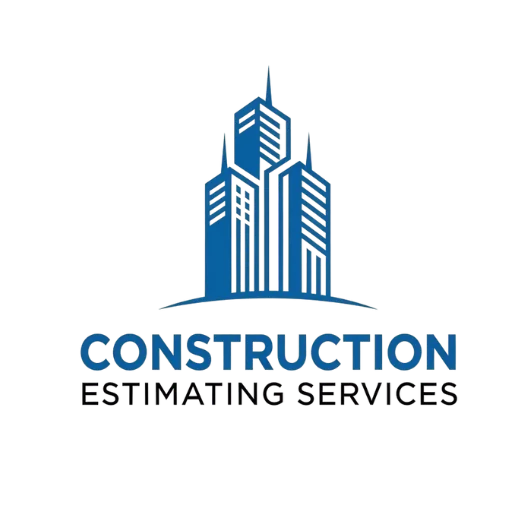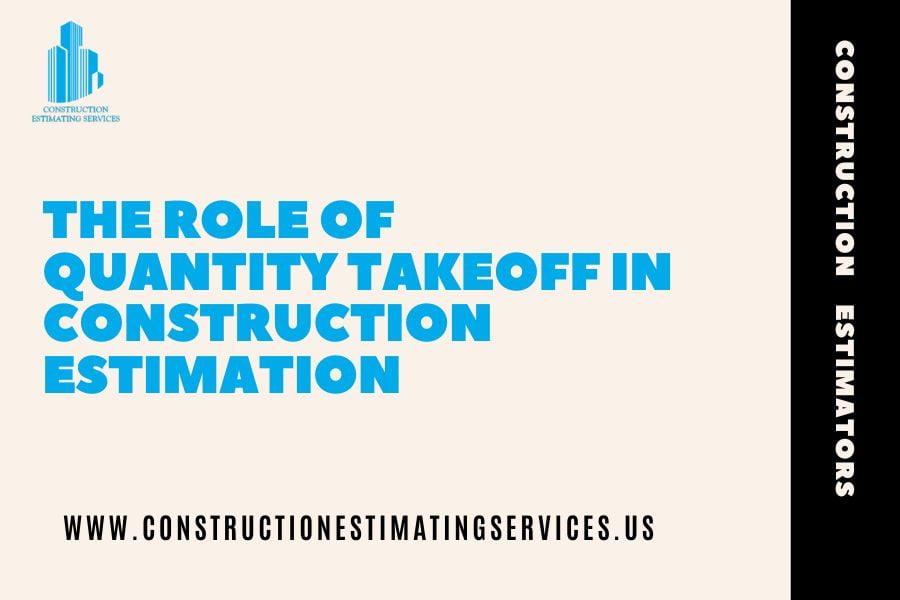In the world of construction, accurate cost estimation is a crucial aspect of any successful project. It lays the foundation for financial planning, resource allocation, and project timelines. Among the various techniques used for construction estimation, one process stands out for its accuracy and reliability – Quantity Takeoff. In this article, we will delve into the importance and purpose of Quantity Takeoff in construction, exploring how it aids in precise cost estimation and project management.
Why is Quantity Takeoff Important in Construction?
Quantity Takeoff plays a pivotal role in construction projects for several compelling reasons. Firstly, it provides a detailed and itemized breakdown of all the materials, components, and labor required for the project. This comprehensive list enables construction professionals to ascertain the precise quantities needed, minimizing wastage and cost overruns. Secondly, Quantity Takeoff acts as a basis for bidding and negotiations, allowing contractors to submit competitive and accurate bids for projects. This not only enhances their chances of winning contracts but also establishes trust with clients.
Furthermore, Quantity Takeoff significantly reduces the risks of unexpected expenses and delays during construction. By identifying the exact quantities needed, construction teams can procure materials and schedule labor efficiently, streamlining the project timeline. Overall, Quantity Takeoff ensures cost-effectiveness, transparency, and successful project completion.
What is Quantity Takeoff, and How Does it Help with Construction Estimation?
Quantity Takeoff, also known as material takeoff, is a meticulous process of measuring and quantifying all the materials required to complete a construction project. This includes everything from bricks, concrete, steel, and lumber to fixtures, fittings, and finishes. Estimators use construction drawings, blueprints, and specifications to perform the takeoff accurately.
In the estimation process, Quantity Takeoff aids in calculating the costs of materials, labor, equipment, and other expenses necessary for construction. Each item’s quantity is multiplied by its respective unit cost, and the totals are combined to determine the overall project cost. By breaking down the construction project into individual components, Quantity Takeoff ensures that no aspect is overlooked, resulting in precise and reliable cost estimates.
The Purpose of Quantity Takeoff in Construction
The primary purpose of Quantity Takeoff is to provide a detailed and itemized inventory of materials and resources essential for construction. This information enables project managers and stakeholders to make informed decisions regarding budgeting, procurement, and scheduling.
Moreover, Quantity Takeoff serves as a benchmark during the construction process, helping to track actual progress against the estimated quantities. Any deviations can be identified and addressed promptly, avoiding cost overruns and delays. Additionally, it allows for efficient resource allocation, as the construction team knows precisely what and how much to order, reducing material wastage and optimizing resource usage.
What is a Takeoff in Construction Estimating?
A takeoff in construction estimating refers to the process of “taking off” or quantifying the materials and resources required for a construction project. Estimators perform this task by meticulously studying architectural and engineering drawings to identify and measure the quantities of various items.
The takeoff process can be manual or automated, with the latter becoming more prevalent in modern construction practices. Manual takeoff involves using printed blueprints and performing calculations by hand, whereas automated takeoff relies on specialized software to extract quantities directly from digital drawings.
Conclusion
In conclusion, Quantity Takeoff plays a critical role in construction estimation In USA california by providing a detailed breakdown of materials, labor, and costs necessary for a successful project. It enhances accuracy, minimizes wastage, and allows for efficient resource allocation. As the construction industry continues to embrace technology, automated takeoff methods are further streamlining the estimation process. Implementing Quantity Takeoff best practices ensures that construction projects are well-planned, cost-effective, and completed on time, setting the stage for successful and prosperous outcomes.















